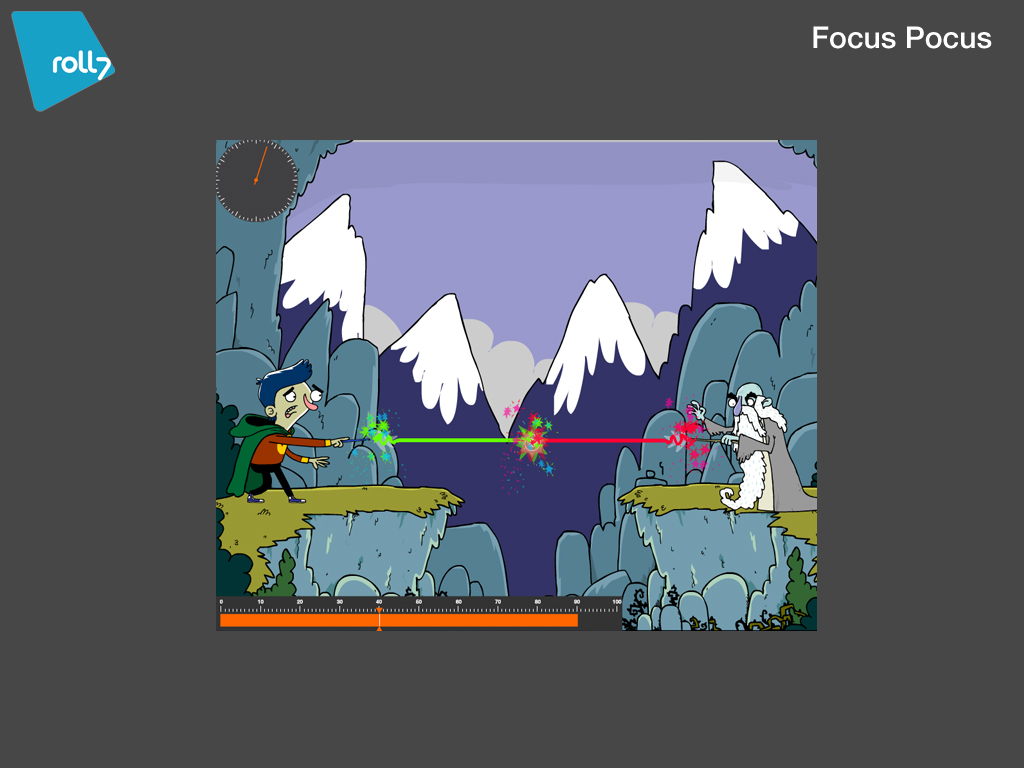“Focus Pocus” and Beyond: consumer brain computer interfaces for health, self-improvement and fun
In September 2011 ,the most advanced computer game to use a consumer brain computer interface (BCI) will go on sale. Its name is Focus Pocus (see video trailer here, its awesome) and it is aimed at children with ADHD so that they might use gamification to train their brains to improve focus and impulse control.

The game is based on neurofeedback enabled by the use of the Neurosky dry-electrode EEG (Electro-EncephaloGram) headset, which anyone can purchase for under $100 (or 100 Euros if in Europe) Earlier this week, BBC2 did a special on the headset. The basic Idea is that the single electrode on the Neurosky headset (placed on the forehead) is able to pick up a few simple and characteristic brainwaves (created by activity in populations of neurons), some that have been shown to be enriched when the subject is awake and attentive (ex. Beta-waves), and some when the subject is relaxed (ex. alpha waves). Neurosky has developed algorithms to funnel these and other brain waves into measures of “focus” and “meditation.” Look here for more details on how it works.


